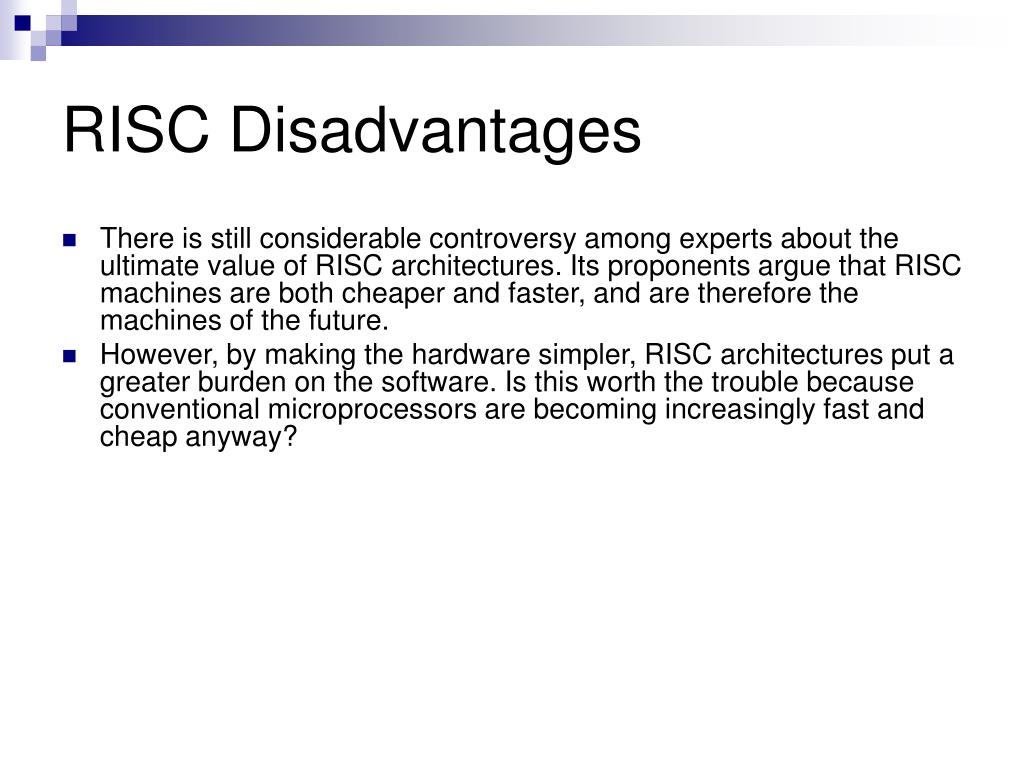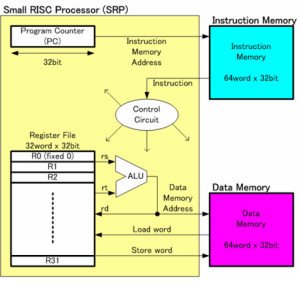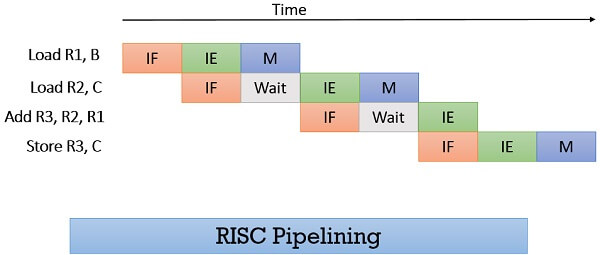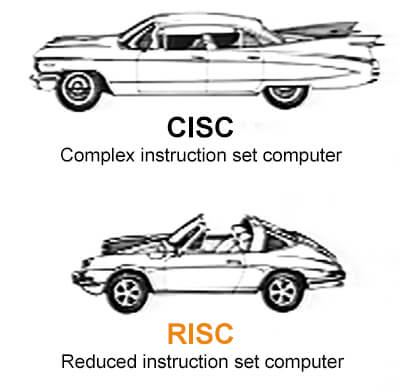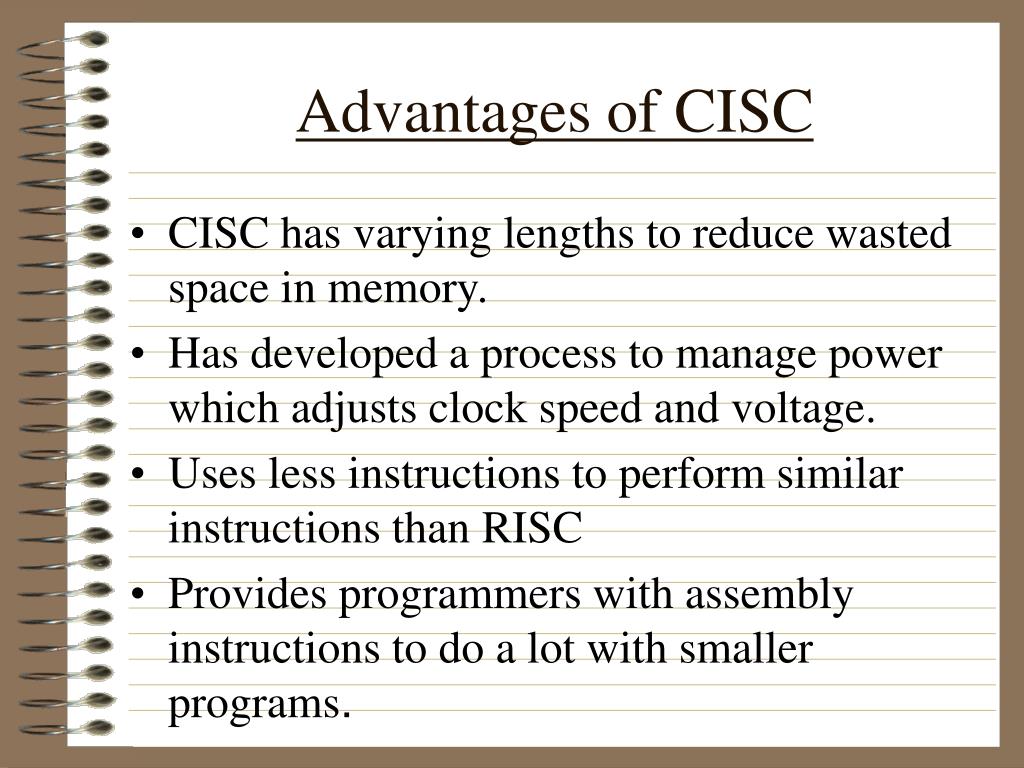The Reduced Instruction Set Computing (RISC) architecture is a computer design paradigm that emphasizes simplicity and speed over complexity. RISC processors are designed to execute a small set of simple and efficient instructions, which allows them to process data faster and with lower power consumption compared to Complex Instruction Set Computing (CISC) processors. In this essay, we will explore some of the main advantages of RISC architecture.
One of the main advantages of RISC architecture is its simplicity. RISC processors use a fixed instruction set, which means that all instructions are the same length and have the same format. This simplifies the design of the processor and reduces the number of transistors required, which leads to lower power consumption and smaller chip sizes. As a result, RISC processors are often used in devices that require low power consumption, such as smartphones and tablets.
Another advantage of RISC architecture is its speed. RISC processors are designed to execute instructions quickly and efficiently, and they use a pipeline architecture to further increase their speed. In a pipeline architecture, instructions are divided into stages and processed in parallel, which allows the processor to execute multiple instructions at the same time. This increases the overall performance of the processor and allows it to handle complex tasks more efficiently.
RISC architecture also has a number of other advantages, including a smaller instruction set, which makes it easier to write and optimize software for RISC processors. In addition, RISC processors typically have a larger number of registers, which are used to store data and instructions temporarily while they are being processed. This allows RISC processors to access data more quickly and reduces the number of memory accesses required, which further increases their performance.
Finally, RISC architecture is highly modular and scalable, which means that it is easy to add new features and functionality to RISC processors. This makes it possible to design processors that are tailored to specific applications and markets, and allows RISC processors to evolve and adapt to changing needs and requirements.
In conclusion, RISC architecture has a number of advantages that make it a popular choice for a wide range of applications. Its simplicity, speed, and scalability make it an attractive option for devices that require low power consumption, high performance, and the ability to adapt to changing needs.

